
Location: Camp Creek, North Carolina
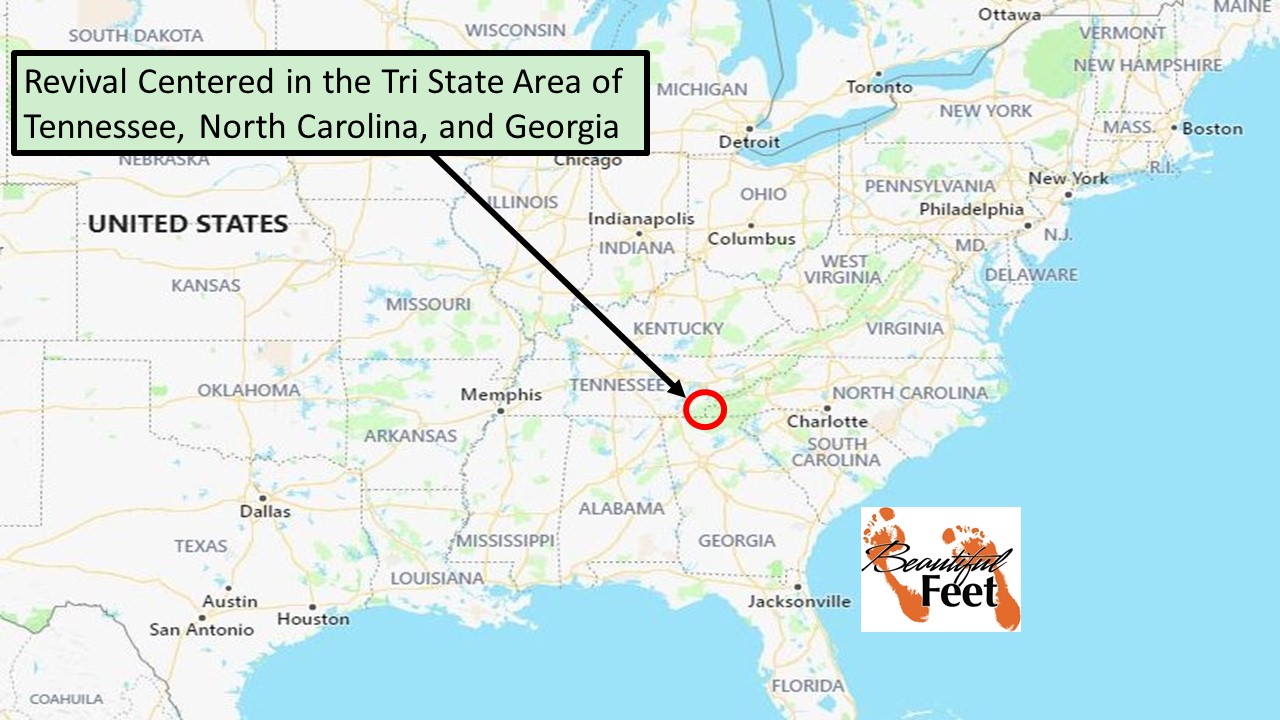
Introduction
Before the 1901 Topeka Outpouring, and before the 1906 Azusa Street Revival, there was the 1896 Shearer Schoolhouse Revival.
Several of the largest Pentecostal denominations trace their roots back to an event that took place at the Shearer Schoolhouse located in Camp Creek, North Carolina.
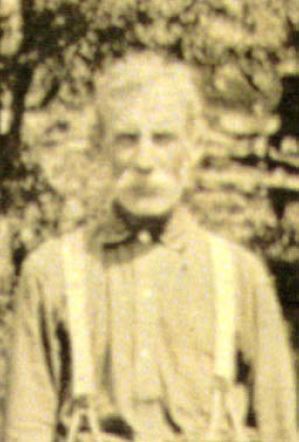
Richard G. Spurling Sr. (1810-1891)
The chain of events that led up to that momentous occasion began in 1884 when 72-year-old Richard G. Spurling (1810-1891), a Baptist preacher, and a few of his friends had grown weary with the spiritual condition in the mountains. They spent several years trying to bring renewal and reform within the churches, but all their efforts failed.
Together with his 27-year-old son, who was also a licensed Baptist preacher (R.G. Spurling Jr., 1857-1935), Spurling called for a gathering to be held on Thursday, August 19, 1886, to see if there was sufficient interest to start a new church.
Gathered that August day were those from Baptist, Methodist, and Presbyterian churches. They assembled in the Spurling family’s grist mill on the banks of Barney Creek, Tennessee. (Some have referred to that grist mill as the “Barney Creek Meetinghouse.”)
During the meeting, Richard G. Spurling Sr. asked those assembled:
As many Christians as are here present that are desirous to be free from all man-made creeds and traditions, and are willing to take the New Testament, or law of Christ, for your only rule of faith and practice; giving each other equal rights and privilege to read and interpret for yourselves as your conscience may dictate, and are willing to sit together as the Church of God to transact business as the same, come forward.

Location of the revival’s beginning in relation to other major cities in the area.
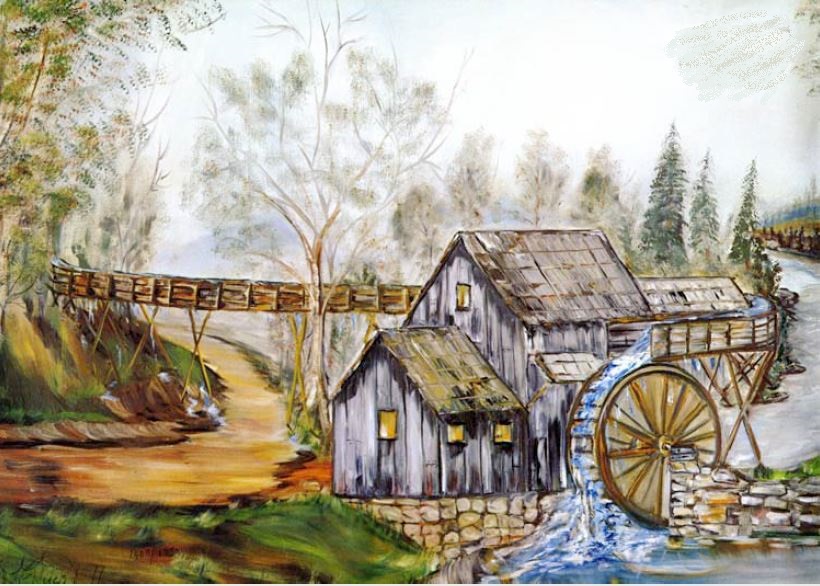
Painting of what the Spurling grist mill on Barney Creek could have looked like. This mill has also been called the Barney Creek Meetinghouse.
Eight out of the group came forward, and with those few they began the church that was named “Christian Union.”
On September 2, 1886, R.G. Spurling Jr., was installed as the pastor of this new church. A few years later, at age 74, the elder Spurling died, never having had the opportunity to see the budding of the great movement he launched.
R.G. Spurling Jr. preached across the mountains for the next ten years, starting churches in different locations, the last one being in Turtletown, Tennessee, only four miles from the Camp Creek church which Bryant had recently started. It was in Camp Creek that God brought an extraordinary revival of holiness to the mountains.
In 1892, William F. Bryant, a Baptist lay preacher licensed through Liberty Baptist Church, began prayer meetings in his home in Camp Creek, North Carolina. His home was located about 12 miles from the Christian Union congregation in Barney Creek. Bryant and Spurling ultimately became good friends and developed a strong working relationship.
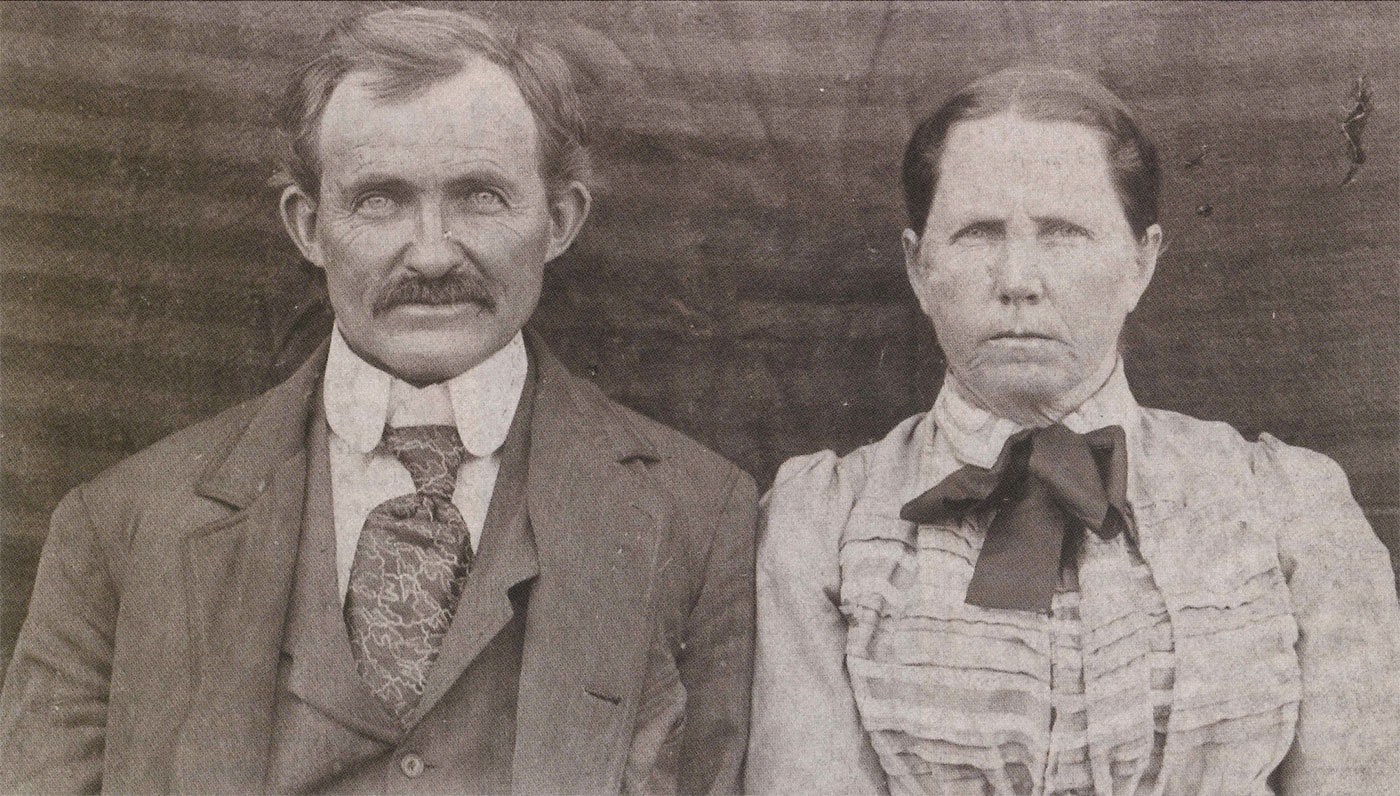
R.G. Spurling Jr. and wife Barbara (earlier picture)
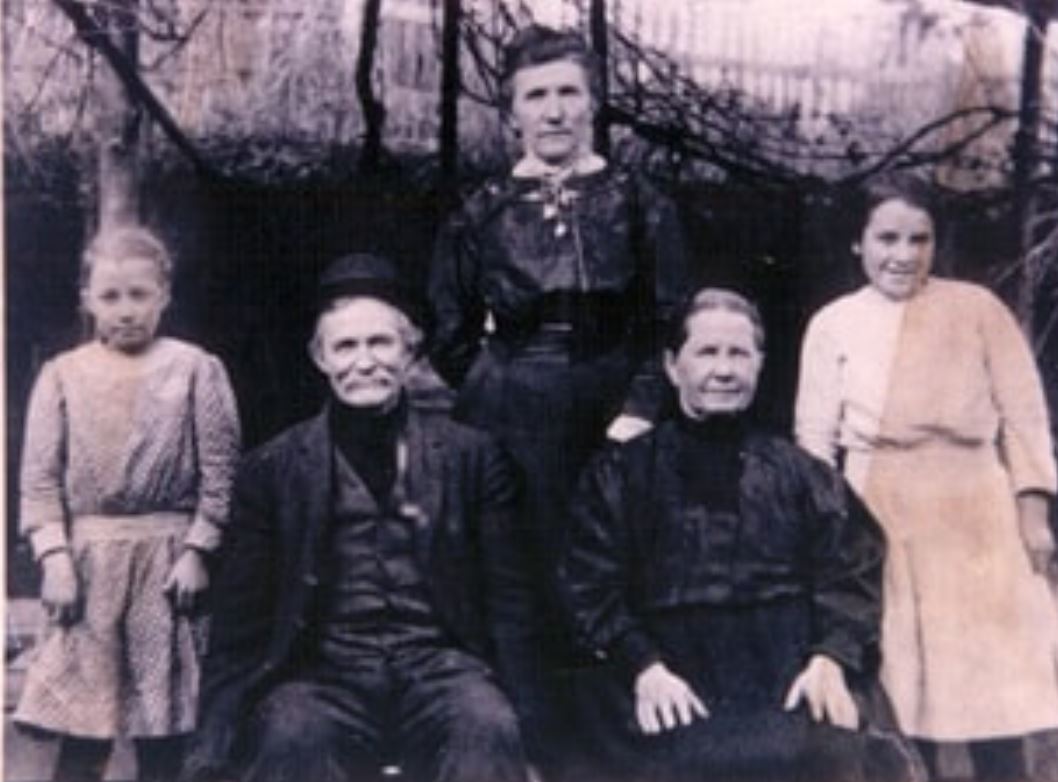
Spurling Family
Extraordinary Prayer & Preparation for Revival
Through W.F. Bryant’s relationship with Spurling, Bryant started a church and Sunday School in Camp Creek, under the Christian Union umbrella. Spurling led his congregation in Turtletown, Tennessee, to merge with Bryant’s congregation, which was located 4 miles away across the state border. This new unity and freedom led the people in the mountains to give themselves fully to prayer and fasting, anticipating God to save many souls.
This highly focused prayer led to a ten-day revival that was conducted in the summer of 1896 by four lay evangelists. These revival services were held in the Shearer Schoolhouse in Camp Creek, North Carolina. People came to this revival from many parts of the mountains.
Almost from the start of the meeting, the altars were filled with repentant sinners and seekers for the experience of sanctification. Many skeptics of holiness were convinced, and many more rough-living sinners were converted. —Charles W. Conn
When the scheduled revival services concluded, the “spirit of revival” continued, and people often met in homes, under brush arbors, or in the Shearer Schoolhouse, as they didn’t yet have a building in which to worship.
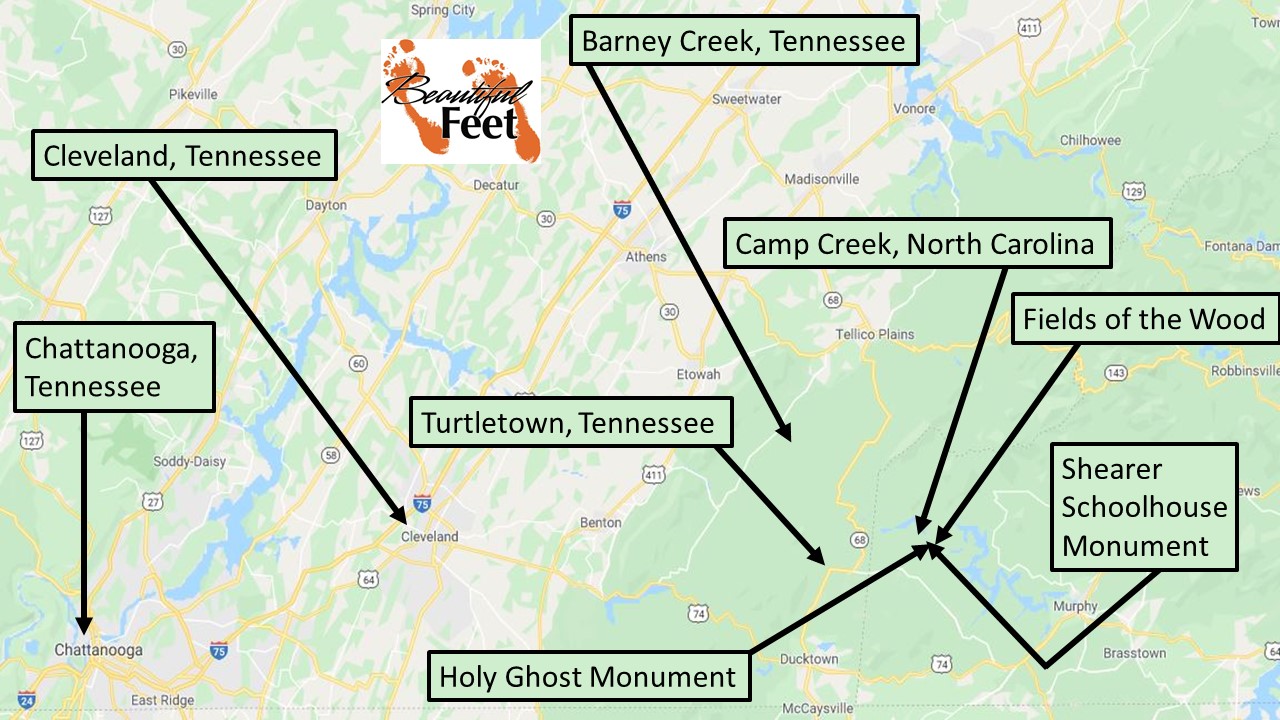
Prominent locations involved with the revival. The major city of Chattanooga is given for reference.
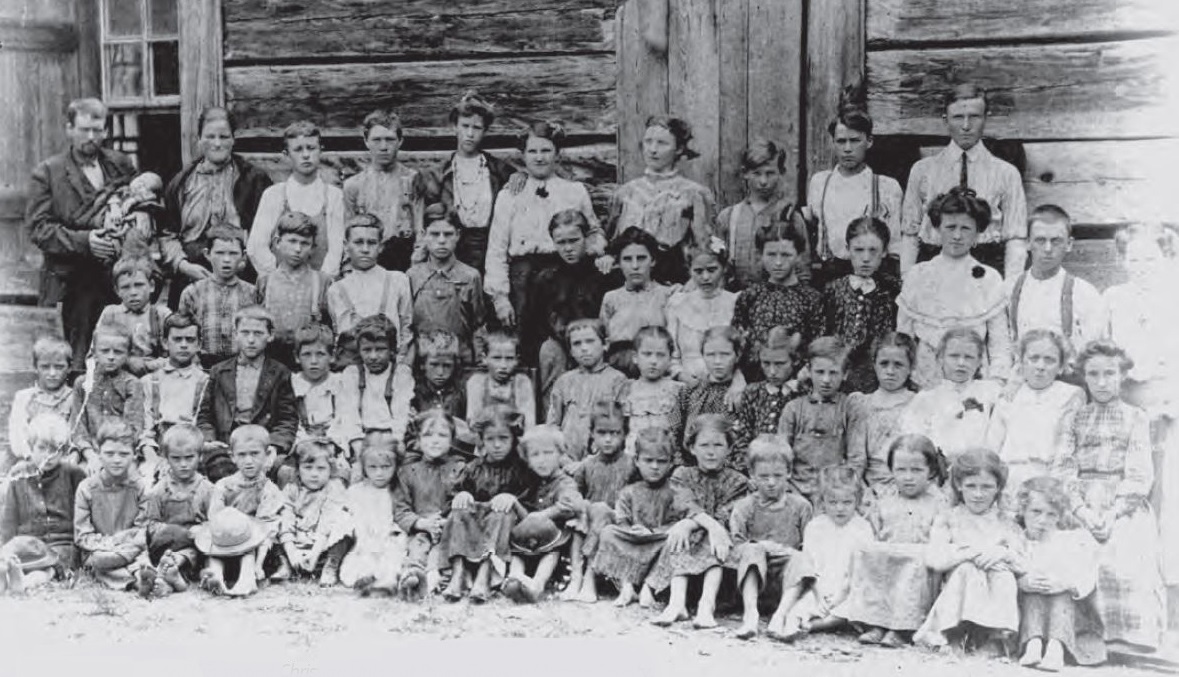
R.G. Spurling Jr. founded this second Christian Union Church at Piney Grove in Monroe County, Tennessee, in 1897.
What Happened
All of the heightened focus on God to move in the mountains continued to inspire and move the people to believe for even greater things from God.
And the interest increased until unexpectedly, like a cloud from a clear sky, the Holy Ghost began to fall on the honest, humble, sincere seekers after God. . . . One after another fell under the power of God, and soon quite a number were speaking in other tongues as the Spirit gave them utterance.”
News of this Holy Spirit outpouring spread to adjoining counties and the people came to witness the phenomenon of Spirit-filled believers speaking in an unknown language. Many sick persons were healed and “hundreds of hard sinners were converted.”
It was a Pentecostal awakening, a recurrence of what happened on the Day of Pentecost. Even though this was a very sparsely populated area in the mountains, “more than 100 persons received the baptism with the Holy Ghost and spoke in tongues.” This was an important event that prepared the way for the universal outpouring that followed ten years later during the 1906 Azusa Street Revival.
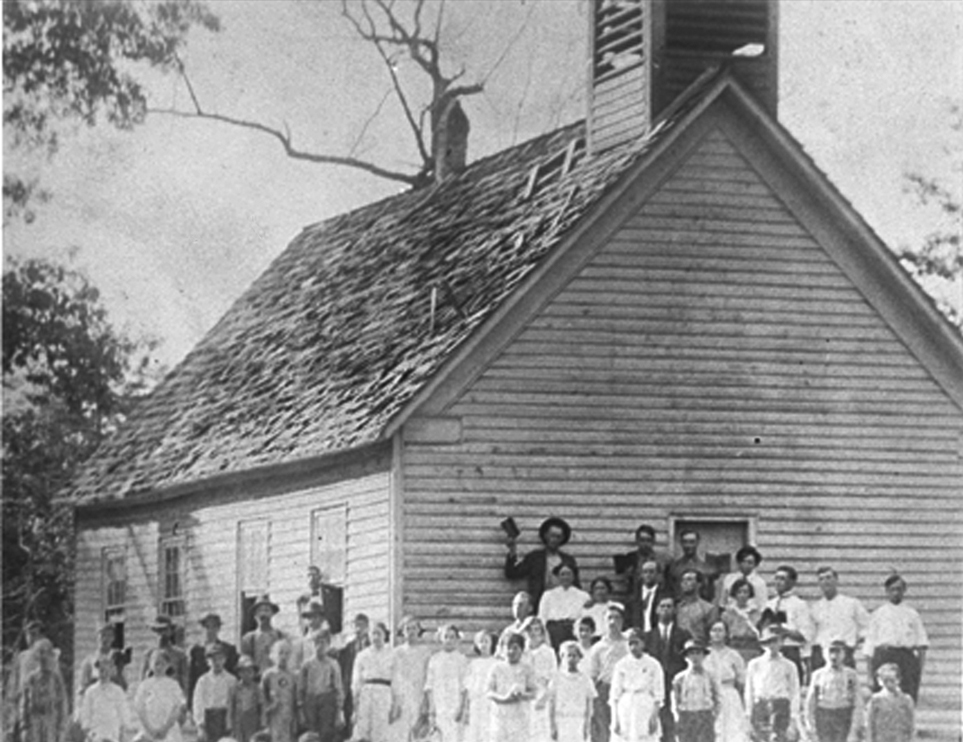
The Shearer Schoolhouse in Camp Creek, North Carolina, location of the 1896 holiness revival.
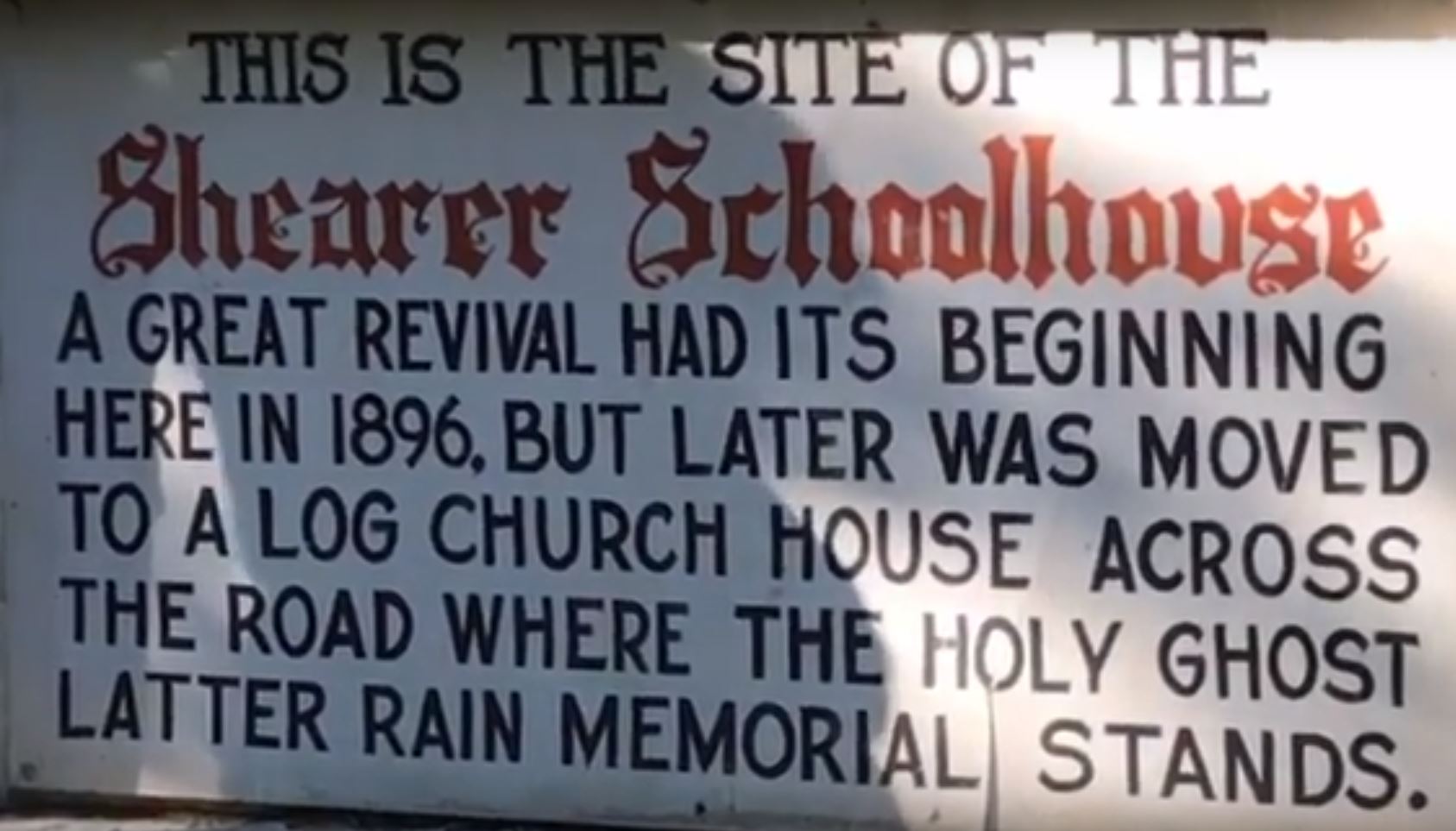
Wording on the Shearer Schoolhouse Monument
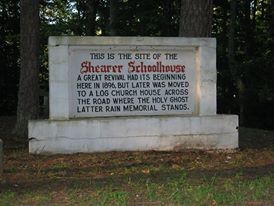
Shearer Schoolhouse Monument
Persecution
Beginning in 1899, the Liberty Baptist and Pleasant Hill Baptist churches excommunicated forty of their members for their participation with the Christian Union congregations (house churches) in the area, the reasons being the style of worship and doctrinal differences (R.G. Spurling Jr. was licensed to preach through Pleasant Hill Baptist, and William F. Bryant through Liberty Baptist Church. Both were excommunicated.)
A subsequent act of the Baptist churches was to prevent the Christian Union congregation from using the Shearer Schoolhouse for services. It was then that Dickson Kilpatrick donated land across the road from the schoolhouse on which a log meetinghouse could be constructed. The persecutors responded by first attempting to destroy the building with fire and dynamite–both attempts failed. It was then that 106 leading members of the community dismantled the log meeting house and burned the logs. This mob included ministers and deacons from neighboring churches, one justice of the peace, and one sheriff.
When arrests were finally made for the destruction of the property, and guilty parties were put on trial, Bryant and the Christian Union congregation simply asked the court to forgive them.
Other Types of Persecution Endured
1. Homes where meetings were held were burned.
2. People were whipped.
3. Homes were shot at.
4. Stones were thrown at buildings.
5. Water sources were contaminated.
6. Children were harshly treated by teachers at school, as well as beaten by other children. This required parents to take their children out of school.
These early Pentecostal pioneers suffered for about six years from this type of persecution, yet they had found a new freedom, power, and purpose for their life in this new Pentecostal experience which could not and would not be extinguished by their persecutors.
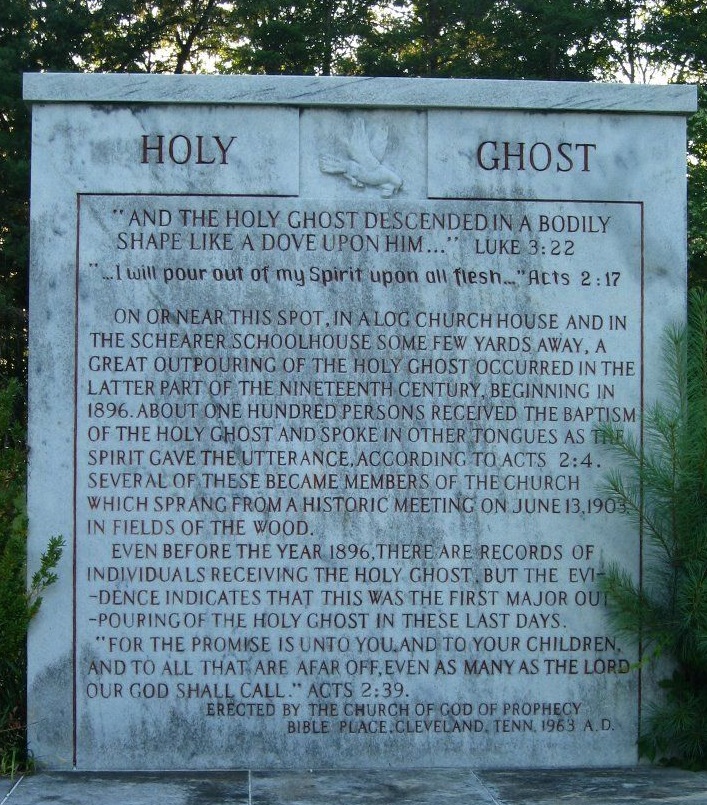
Monument today where the log church once stood
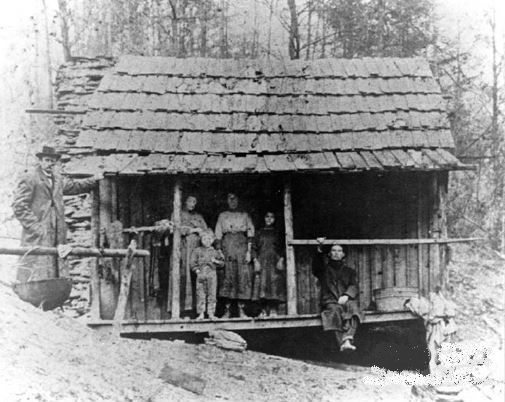
Home of William F. Bryant
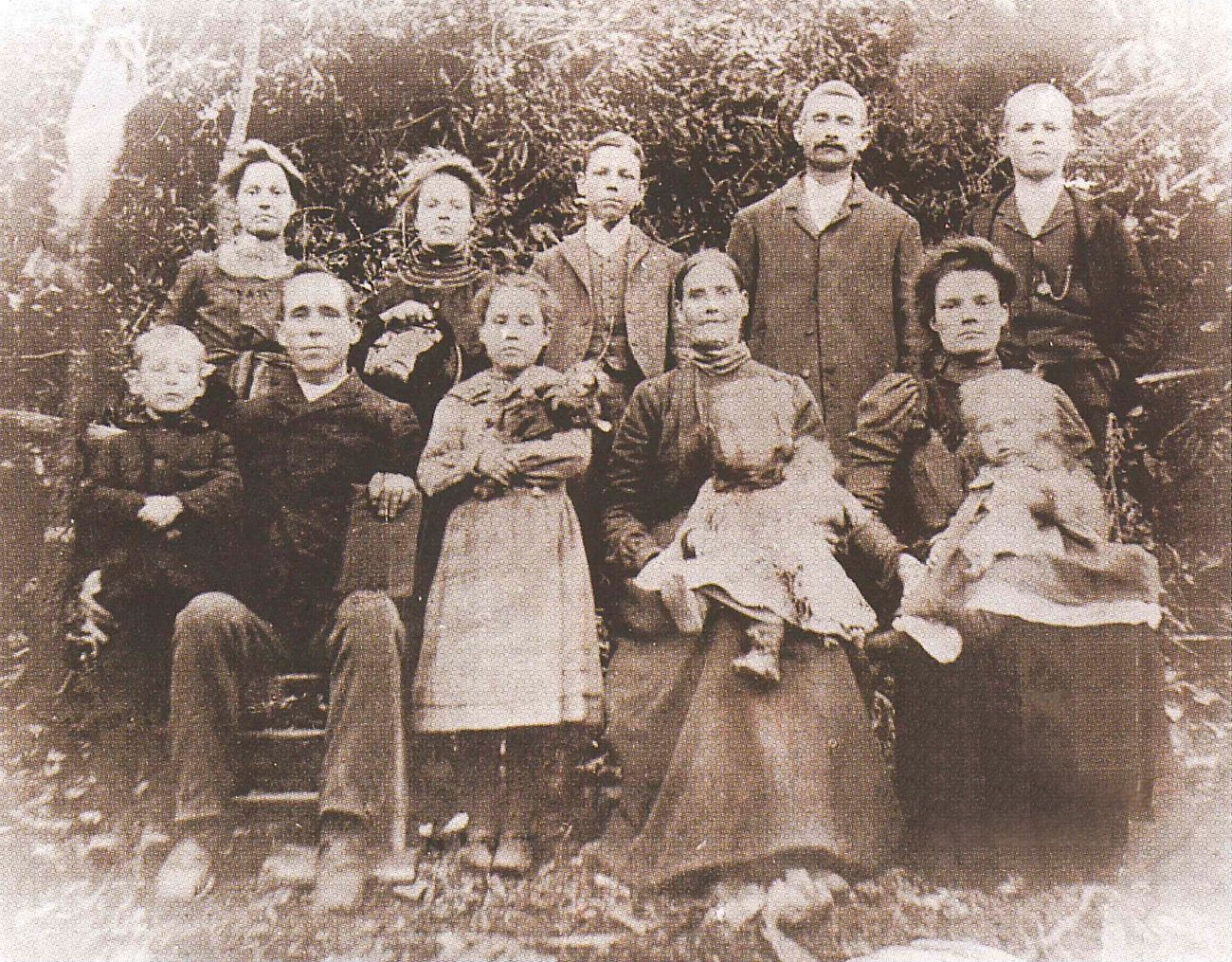
William F. Bryant (seated left) and family
Governmental Order (fanaticism & false teachings)
Without any form of government in the Christian Union congregations, false teachings began to emerge, as well as fanaticism. This led Bryant and Spurling to develop a form of government, in conjunction with establishing doctrines, that would unite the believers and at the same time ward off the false teachings.
The restructuring of the Christian Union took place on May 15,1902, in the home of Bryant. This restructuring led to a name change for the churches from “Christian Union” to the “Holiness Church at Camp Creek.”
Following the reorganization, new preachers, deacons, and church members began to be added to the churches. One notable pastor that joined the Holiness Church on June 13, 1903, was the Quaker from Westfield, Indiana, A.J. Tomlinson.
A.J. Tomlinson
Tomlinson had come to the mountains in 1899 to serve as a missionary. He had established a school, an orphanage, and a clothing distribution center to care for and evangelize the poor.
Tomlinson had become acquainted with the Holiness Church in Camp Creek, and on the morning of June 13, 1903, following his morning prayer on the mountain behind Bryant’s home, Tomlinson became convinced that the holiness congregation was “the Church of God of the Bible.” The leadership of the Holiness Church had confidence in Tomlinson and immediately selected him as pastor for the church in Camp Creek.
Tomlinson’s vision to spread the gospel around the world soon led to the establishment of other Holiness Church congregations, the first General Assembly in 1906, and a change of name from the “Holiness Church” to “Church of God” in 1907. What began as a trickling mountain stream at Barney Creek became a surging river of global ministry.
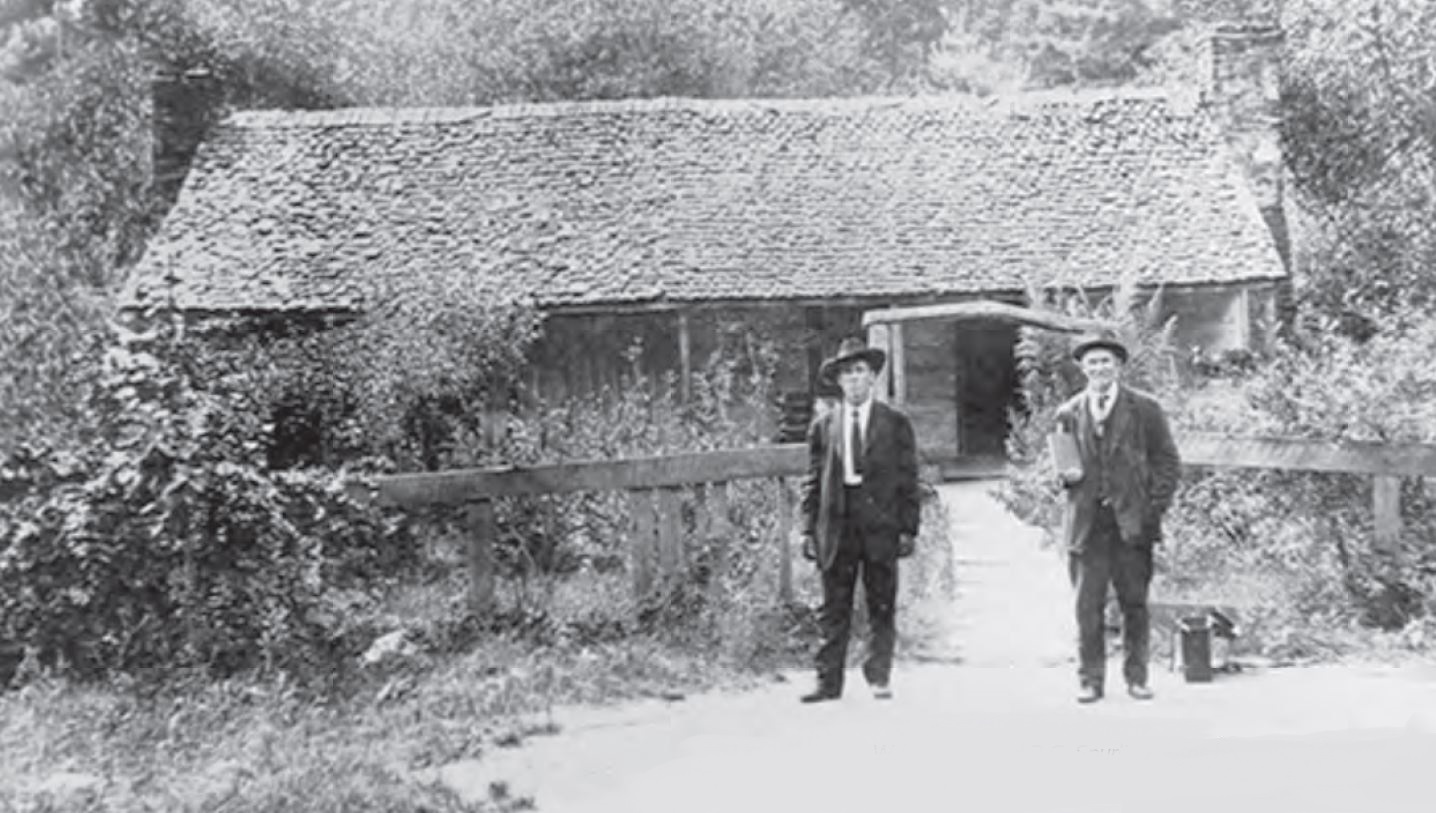
W.F. Bryant and R.G. Spurling Jr., at the home of J.C. and Melissa (Shearer) Murphy, which was the site of the Church of God’s first General Assembly, conducted on January 26-27, 1906, at Camp Creek, North Carolina
Today the Shearer-Murphy House is maintained by the Church of God of Prophecy as a historical landmark. The home is located on River Hill Road not far from Fields of the Wood.
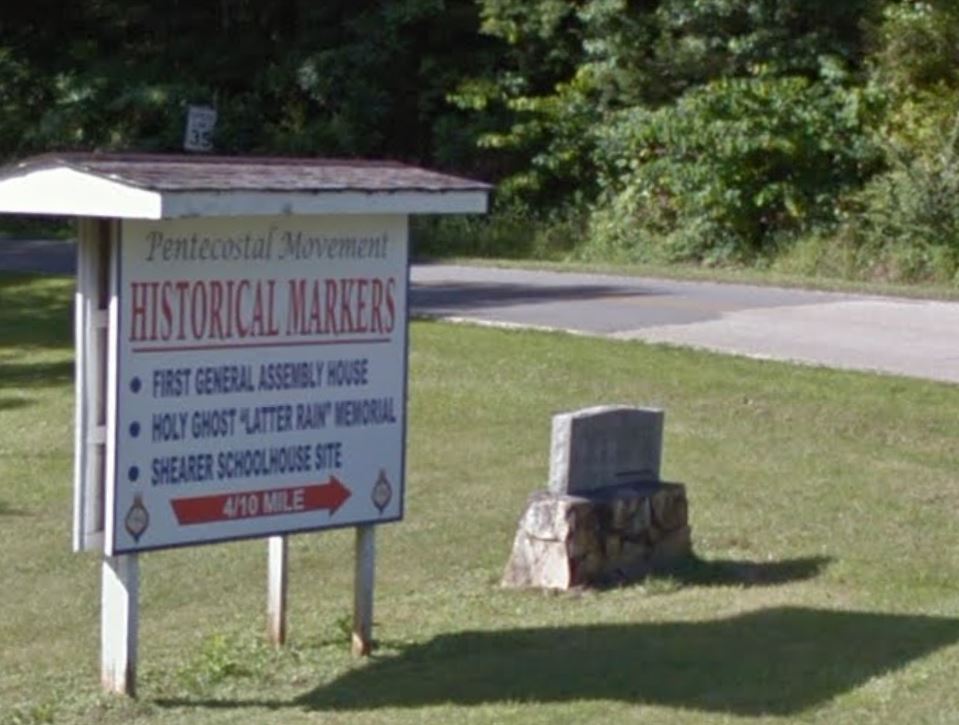
Historical marker sign at the intersection of River Hill Road and North Carolina Route 294
Results of the Revival
Not less than nine denominations emerged from the Shearer Schoolhouse Revival. At least five of those are headquartered in Cleveland, Tennessee. We list two prominent ones here.
Church of God (Cleveland, Tennessee)
In December of 1904 the Holiness Church of Camp Creek had its center of activity moved from Camp Creek, North Carolina, to Cleveland, Tennessee. That was when A.J. Tomlinson moved his family there to start the North Cleveland Church of God. That church eventually became the “mother church” for the budding denomination. Cleveland is now where the headquarters for the Church of God is located, and home to Lee University.
On January 11, 1907, the Holiness Church of Camp Creek changed its name to Church of God, and has kept that name since.
In 2018, the total worldwide membership of the Church of God was 7,468,083. Of that total, 1,189,304 members were in the United States and Canada, making the Church of God the 22nd largest Christian denomination in the United States.
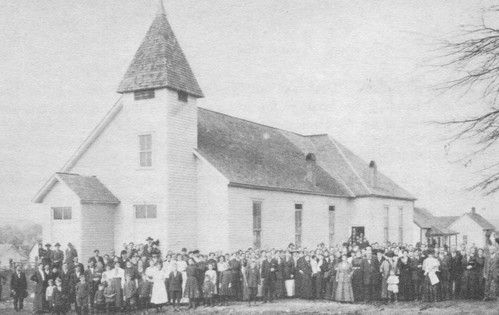
North Cleveland Church of God, circa 1906







